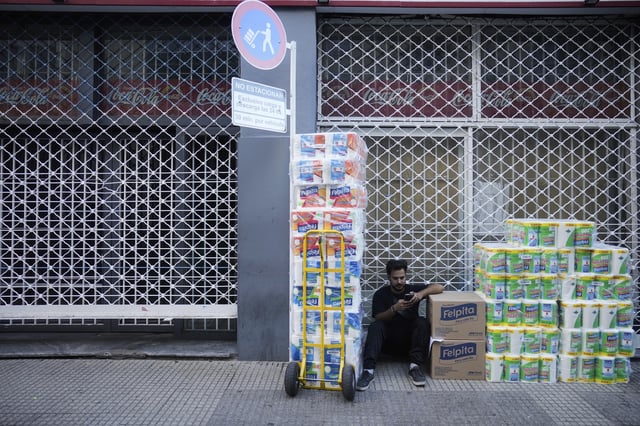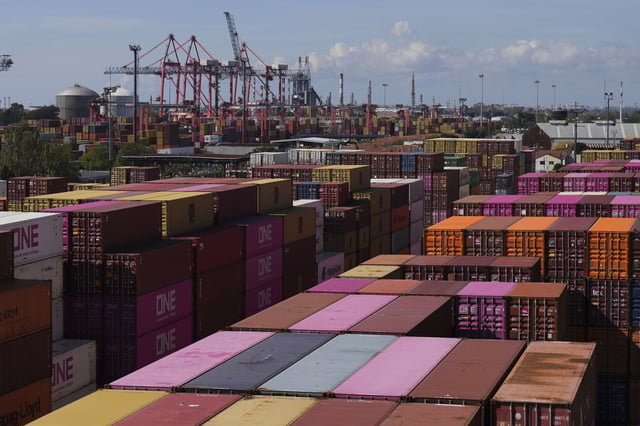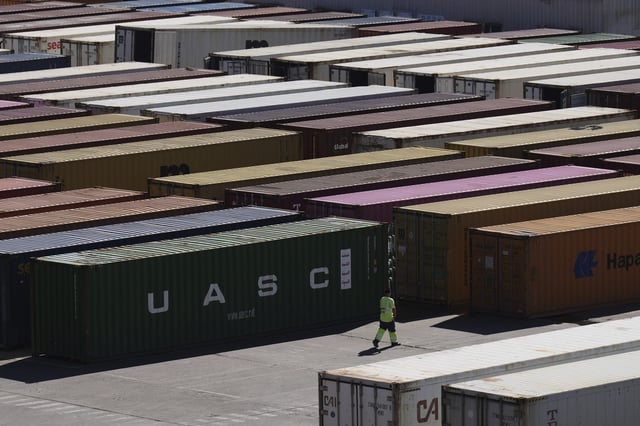Overview
- Argentina's government removed most capital and currency controls, ending a system in place since 2011 and allowing the peso to float within a 1,000–1,400 per dollar band.
- The International Monetary Fund disbursed the first $12 billion of a $20 billion loan package, raising central bank reserves to $36.8 billion, their highest in two years.
- The peso stabilized at 1,230 per dollar after an initial slump, avoiding a chaotic crash feared by some analysts.
- The reforms, aimed at reducing inflation and attracting investment, have been praised by U.S. Treasury Secretary Scott Bessent, who likened Milei's policies to the MAGA movement.
- Challenges remain, including persistent inflation, social impacts from austerity measures, and skepticism among Argentines wary of further economic instability.



